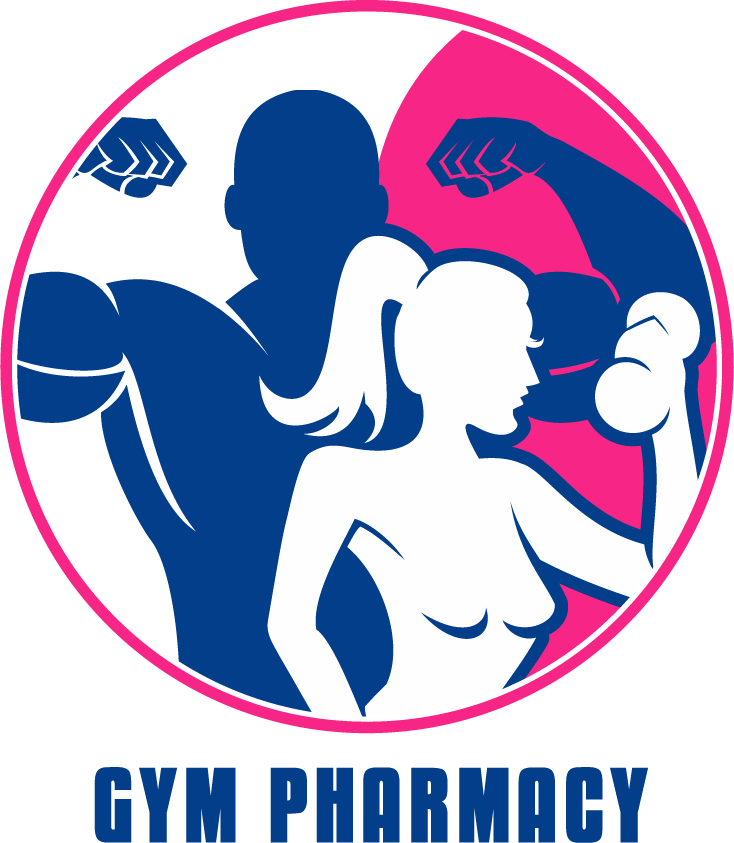In the Tour de France, cyclists perform for an average of six hours a day.
In tennis, some matches can go on for as long as five hours.
How do these athletes recover?
There are various methods: ice baths, hydrotherapy, etc. But let’s talk about foam rolling, also known as self-myofascial release. It emerged as a popular and effective technique for muscle recovery and injury prevention among fitness enthusiasts, athletes, and even those with sedentary lifestyles. This simple yet powerful practice involves using a foam roller to apply pressure to various muscle groups, aiding in the release of tension, promoting blood flow, and enhancing overall mobility.
In this blog post, we will explore the benefits of foam rolling, the correct techniques to perform it, and how incorporating foam rolling into your fitness routine can be a game-changer in maintaining healthy muscles, preventing injuries, and improving overall athletic performance.
The Science Behind Foam Rolling:
Foam rolling targets the fascia, a connective tissue that surrounds and supports muscles, helping to release knots, adhesions, and tightness. By applying pressure to specific areas, foam rolling stimulates blood flow, promotes tissue elasticity, and enhances overall muscle function.
Benefits of Foam Rolling:
- Muscle Recovery: Foam rolling can aid in muscle recovery by reducing muscle soreness and stiffness after workouts, enabling quicker post-exercise healing.
- Injury Prevention: Regular foam rolling can help prevent injuries by addressing muscle imbalances and promoting better movement patterns.
- Increased Range of Motion: Foam rolling enhances joint mobility and flexibility, allowing for better movement and reducing the risk of strain or injury.
- Improved Circulation: The pressure applied during foam rolling promotes blood flow, delivers essential nutrients to muscles, and aids in waste product removal.
Correct Foam Rolling Techniques:
- Start Slowly: Begin with gentle pressure and gradually increase intensity as your muscles become accustomed to the sensation.
- Target Key Areas: Focus on major muscle groups, such as quadriceps, hamstrings, calves, glutes, and back.
- Roll Slowly: Roll slowly and deliberately over each muscle group, pausing on tender areas or trigger points for a few seconds.
- Breathe: Practice deep breathing to relax and allow the muscles to release tension during foam rolling.
- Avoid Bony Areas: Avoid rolling directly over bony prominences to prevent discomfort or injury.
Incorporating Foam Rolling into Your Routine:
- Pre-Workout: Foam roll as part of your warm-up routine to prepare your muscles for exercise and enhance performance.
- Post-Workout: Perform foam rolling after workouts to aid in muscle recovery and reduce post-exercise soreness.
- Rest Days: Use foam rolling on rest days to maintain muscle health and prevent tightness and adhesions.
Foam Rolling Tools:
- Foam Roller: A standard foam roller with a medium density is suitable for most individuals, but variations like textured or vibrating foam rollers are available for more targeted relief.
- Massage Balls: Smaller massage balls can be used to target specific areas with precision, such as the feet, shoulders, and hips.
- Foam Rolling Sticks: Foam rolling sticks are ideal for hard-to-reach areas, like the shins or forearms.
Conclusion:
Foam rolling is a powerful technique that enhances muscle recovery, prevents injuries, and promotes overall well-being. By incorporating foam rolling into your fitness routine, you can optimize muscle function, increase flexibility, and improve athletic performance.
Make foam rolling a regular part of your pre-workout warm-up, post-workout recovery, and rest-day routine to experience the transformative benefits it offers.
Unlock the potential of foam rolling, and take your muscle recovery and injury prevention efforts to new heights for a more effective fitness journey. As you get used to this method of recovery, you can also aid your nutrition with the right supplements. Pick a trusted online pharmacy like Gym Pharmacy and go ahead and level up!

